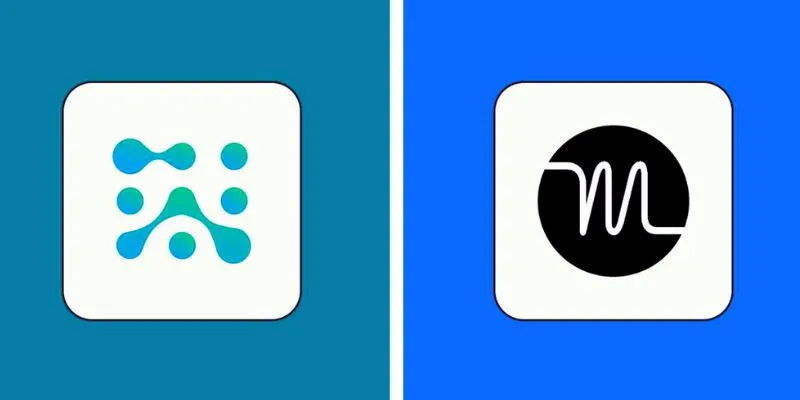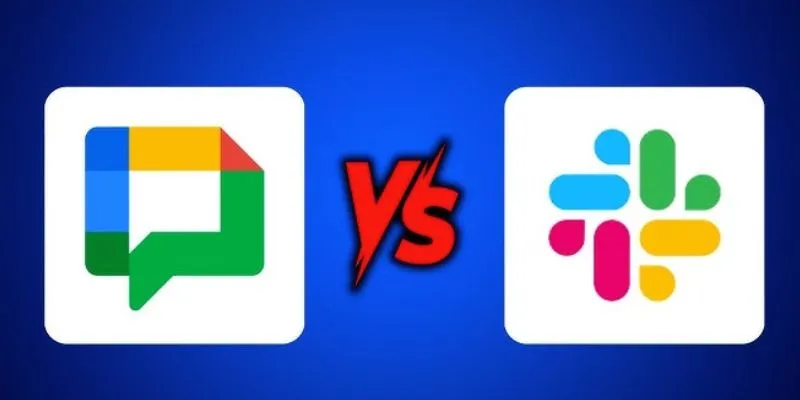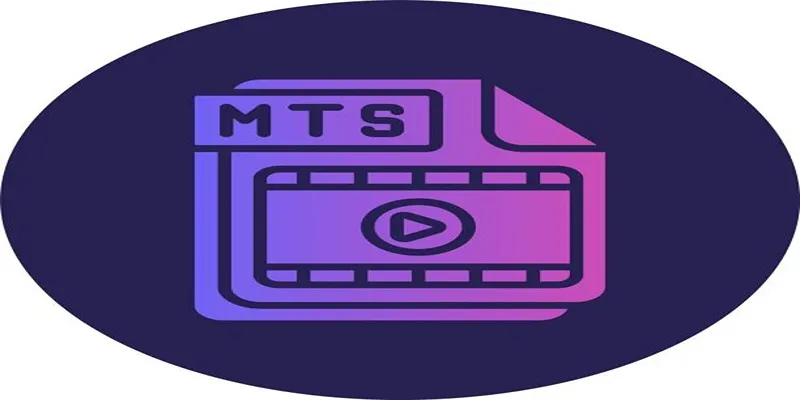Thinkific vs. Kajabi: Which Online Course Creator is Best? [2025]
Thinkific and Kajabi are top choices for course creators, business leaders, and e-learning educators. By 2025, competition between these two platforms has intensified due to innovation, client feedback, and a growing demand for scalable, user-friendly online learning solutions. In the digital economy, selecting the right platform is crucial for success in remote learning.
In this article, we delve into the features, usability, pricing, integrations, and performance of Thinkific and Kajabi. By the end, you’ll have a clear understanding of which platform aligns best with your content strategy, technical needs, and business model. This comprehensive comparison offers valuable insights for both team builders and solo creators.

Customer Interface and Usability
User-friendliness is crucial in digital technologies. Thinkific’s dashboard is organized with simple, logical labels and categories. Everything from course creation to student analytics is easily accessible. The drag-and-drop course builder allows non-technical users to create and distribute content effortlessly. With its hierarchical structure, managing multiple classes, tests, and videos becomes seamless without needing a developer.
On the other hand, Kajabi offers a more polished and feature-rich user interface. A consolidated dashboard provides access to course content, website themes, and marketing automation pipelines. While its extensive toolset may pose onboarding challenges, personalized training and support make it manageable. Kajabi’s interface and user experience resemble a marketing tool more than a traditional course builder, influencing how users perceive and utilize the platform.
Creating and Personalizing Content
Effective content creation and presentation are key to online course success. Thinkific empowers users to design engaging courses using text, videos, quizzes, downloadable resources, and surveys. It supports media types like Google Docs integration, YouTube, and Vimeo. The platform allows you to set drip schedules, prerequisites, and course compliance constraints to manage student material consumption. Course setup is simplified with module organization.
Kajabi integrates content creation into a comprehensive content marketing ecosystem. In addition to courses, users can build content libraries, podcast episodes, and blog entries on Kajabi’s backend. Customizable themes and branding ensure visual consistency across the site. Kajabi’s sleek course player enhances student engagement and learning experiences.
Marketing and Automation
Effective marketing is vital for the success of online courses. Thinkific provides sales page builders, email integrations, affiliate marketing, and couponing. While it lacks a native email system, it integrates well with Mailchimp, ConvertKit, and ActiveCampaign. Though more complex sales funnels require additional tools, the platform supports basic funnel strategies with custom domains and landing pages.
Kajabi excels with its native marketing automation system, enabling the creation of multi-step sales funnels, lead magnets, and complex email sequences. Visual automation builders facilitate planning customer journeys through Kajabi Pipelines. Kajabi leverages value-based communications to automate interactions, such as remarketing abandoned carts or nurturing leads, without additional software. This feature is appealing to users seeking an all-in-one solution.
Integration and Flexibility
Integrations determine a platform’s compatibility with your business ecosystem. Thinkific integrates with third-party email marketing tools, Zapier, Google Analytics, and Facebook Pixel. Its public API allows developers to create custom apps or integrations for specific business needs. Thinkific’s open architecture is ideal for businesses utilizing diverse marketing strategies.
Kajabi’s built-in features limit the use of external services but offer fewer native integrations. It connects with email marketing tools, Facebook, PayPal, Google Analytics, and Stripe. The platform’s limited nature restricts extensive customization without Zapier or developer support. Kajabi’s cohesive ecosystem benefits users who prefer centralized solutions.
Pricing and Policies
Pricing plays a significant role in platform selection. Thinkific offers a freemium model for beginners, providing basic capabilities. The Basic membership allows unlimited courses and students, while Pro and Premier versions include white-labeling and priority support. Tiered pricing is suitable for budget-conscious businesses and small companies anticipating growth.
Though lacking a free plan, Kajabi offers a 14-day free trial. Its all-in-one approach results in a higher monthly fee compared to Thinkific. Tiers provide additional marketing, product restrictions, and automation features. While Kajabi’s rates may seem high, they can offset the need for other software subscriptions over time, justifying the cost. The decision hinges on long-term benefits versus upfront expenses.
Support and Community
Customer support and community engagement enhance the user experience on any platform. Thinkific’s email and live chat support responds within 24 hours. It offers a vibrant Facebook community for idea exchange, training courses, and a comprehensive knowledge base. Thinkific’s support team and resources are effective for users requiring additional assistance.
Kajabi distinguishes itself with live chat support for most plans and an extensive training library known as Kajabi University. The platform provides comprehensive video training and instructions for simple to intermediate automated projects. Kajabi’s Hero Community fosters networking, collaboration, and growth. Real-time support and peer learning create a sense of connection to the platform.
Performance Monitoring and Analytics
Monitoring course performance enables data-driven decision-making. Thinkific tracks course completion, revenue, student progress, and quiz results. Integration with Google Analytics and Facebook Pixel provides deeper user behavior insights. These tools help educators identify success areas and adjust content and marketing strategies. Though basic, the reporting features are useful.
Kajabi offers superior analytics out of the box, displaying opt-ins, revenue, email open rates, and customer lifetime value on its dashboard. Pipeline performance monitoring reveals sales funnel efficiency. Expanding businesses requiring comprehensive performance data for strategic planning may find this valuable. Kajabi users can gain a holistic view of their business through analytics.

Conclusion
Thinkific and Kajabi are top platforms offering a range of features for diverse users. Thinkific provides economic scalability, simple course creation, and flexible integration, making it ideal for educators looking to expand their tech stack or gradually adopt marketing tools. For businesses seeking to build, market, and manage courses from a single dashboard, Kajabi’s all-in-one platform is an excellent choice.
Your decision should be based on your business goals, technical familiarity, and financial situation. Small companies seeking customization may find Thinkific suitable. Conversely, creators desiring a comprehensive business solution without additional tools may prefer Kajabi. Evaluate your needs, take advantage of free trials, and select the platform that aligns with your growth objectives for 2025 and beyond.
Related Articles

Unify and Share Team Data Seamlessly with Ragic

DeepSeek vs. ChatGPT: The 2025 Showdown of AI Tools

OKR vs. KPI: Understanding the Differences and Using Them Together

HubSpot vs. Zoho CRM: Which One Fits You Best in 2025?

SkedPal vs. Motion: A Detailed Comparison to Find Your Perfect Scheduling App

6 Ways to Automate Security and Identity Tools for a Safer Business

How to Colorize Your Black and White Videos: 5 AI Tools You Should Try

Google Meet vs. Zoom: Which One Stands Out in 2025?

Zendesk vs. Intercom: A Clear Comparison for 2025

ActiveCampaign vs. Mailchimp: Find Out Which Is Better

Asana vs. Jira: Which Offers Better Project Management?

Google Chat vs. Slack: Which Collaboration Tool Suits Your Business Best
Popular Articles

Smooth Out Your Footage: Premiere Pro Stabilization Guide

Best Tools to Record Facebook Messenger Calls on Any Device

Best Audio Editors to Help You Produce Professional Podcast Episodes

Best AI Video Dubbing Services to Localize Your Content

The 6 Best Note-Taking Apps in 2025: Stay Organized and Efficient

Top Desktop Apps for Smooth Slow and Fast Motion Effects

The Future of Creativity: The 9 Best Brainstorming Tools in 2025

6 Best Accounting Apps for Android to Simplify Your Finances

Best Ad Blockers for a Cleaner, Faster Web Experience

Unlocking Efficiency: Your Ultimate Guide for GIS Mapping in Asset Management

Where Do OBS Recordings Go? How to Find and Manage OBS Recordings

 mww2
mww2